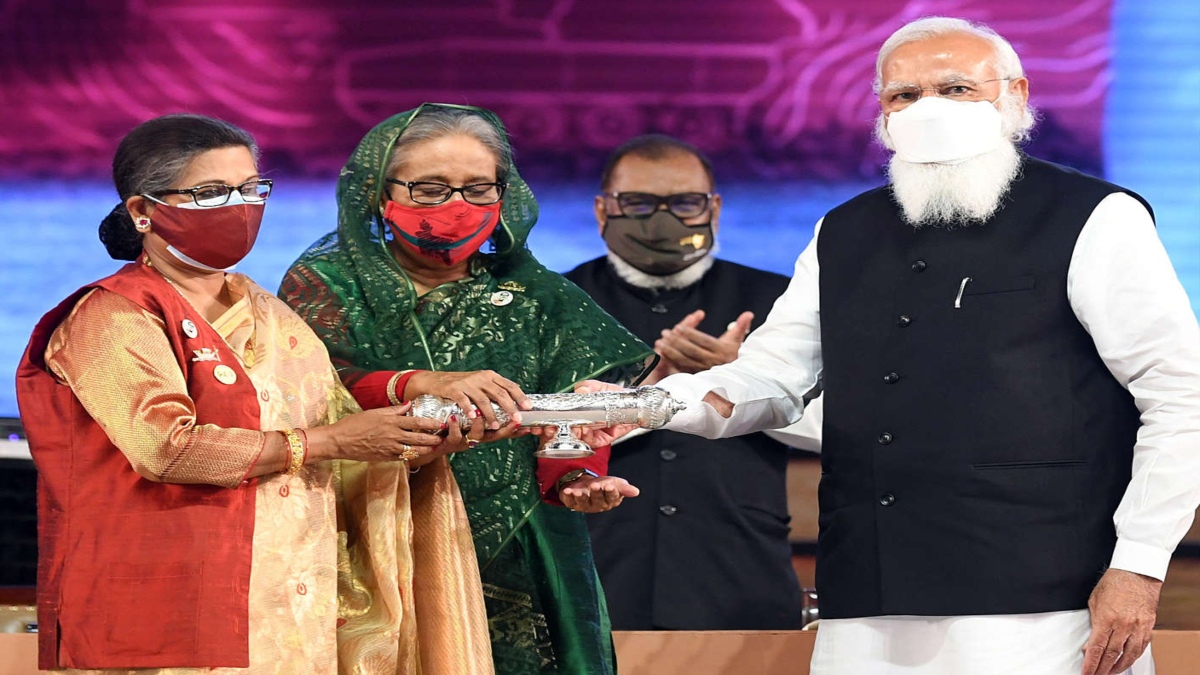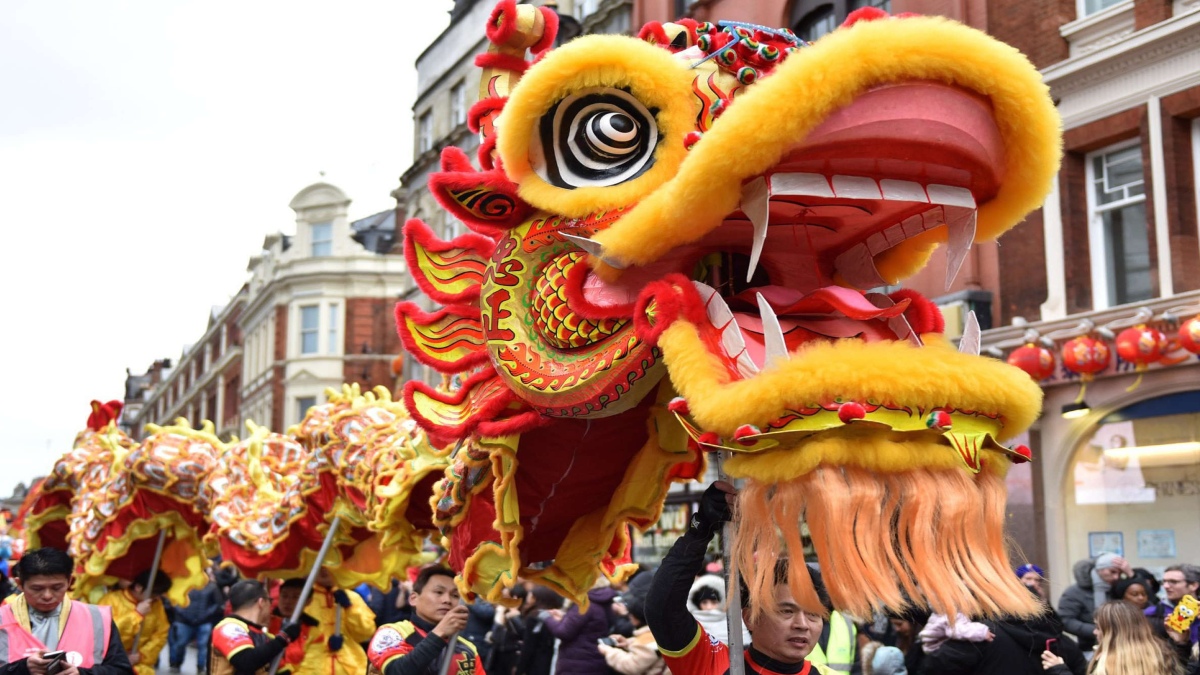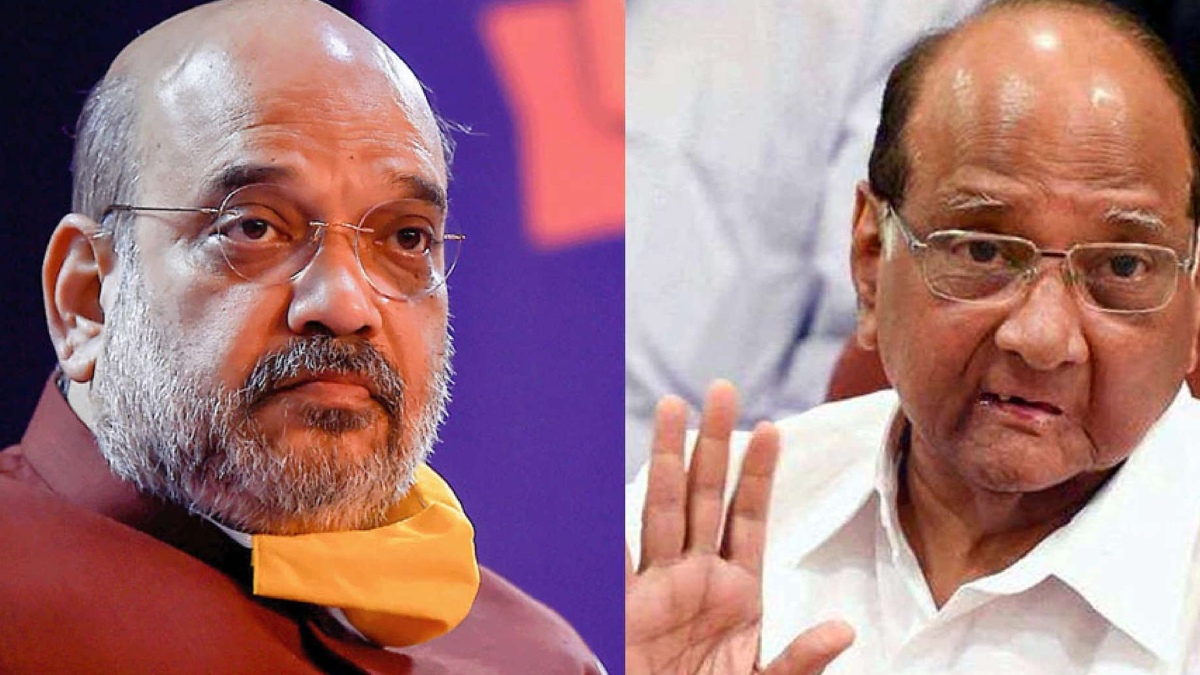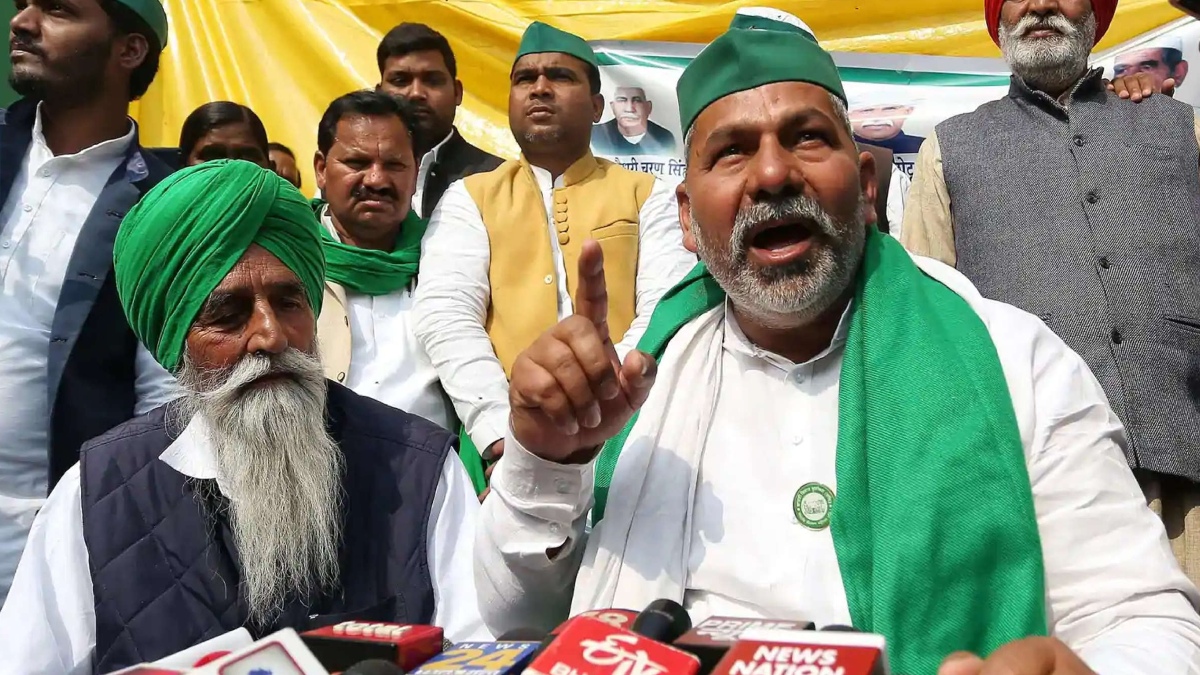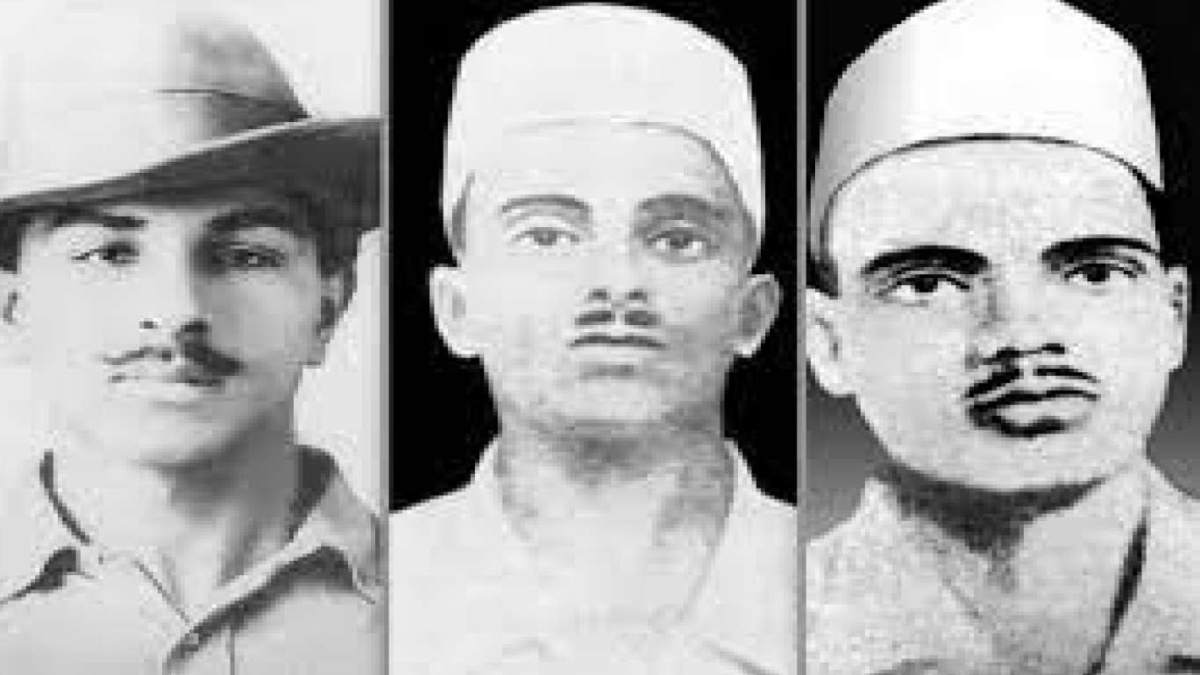We are delighted to greet our readers around the world on the forthcoming Qingming Festival (Sweeping of the Tomb, as the barbarians call it). This year it will be on 5 April 2021, one of the many birthdays in the divine family of our glorious leader Xi PingPong.
5 April 2021 is the 145th birthday of the second cousin of the fourth parent of the third sister of our magnificent leader’s personal driver Ka No Dent who has served him faithfully for 113 years (don’t worry about brute concepts like human longevity, etc).
The Qingming festival has been celebrated in the great Chinese nation for over 2,500 years, and was carried by Chinese explorers far and wide to all corners of the world.
The people of Peru recall with tears in their eyes how Xi PingPong’s ancestor Eye Lie brought civilisation and development to the indigenous people. They plan to construct a 5,000 high foot statue of Eye Lie on top of the mountain.
The Exploit Bank of China has agreed to fund the construction at a soft rate of interest of 240% per week. It will be built by the Fanta See Corporation of China, chaired by our celestial leader Xi PingPong.
Today, 1 April 2021, is a good time to take stock of the earth-shaking achievements of the great Chinese nation in the past year.
Readers will remember a small upstart nation called the United States of America, founded by the Chinese General Wash In Tun. That nation tried to create a virus and send it to our heavenly motherland. But our leader in this life and the next fought the virus single-handedly and defeated it.
The American virus managed to escape to over 200 countries, which have yet to develop Chinese characteristics.
So, our great nation has sent them 7 billion copies of our Supreme Leader’s thoughts, as reading the book can defeat any calamity. Every loyal Chinese is also making vaccines in his toilet to send overseas, with a Made in a Developed Country label.
To set an example, our wonderful chief donated his underwear to make face masks for our colony to the west. In sheer gratitude, the colony has gifted Gua Dar city to China.
The leaders of these virus-affected nations, cured by our leader’s heavenly thoughts and his underwear, caused a minor flood in the Yellow River when they came personally to thank Xi PingPong and shed copious tears.
Our godly leader assured them that China will continue to build a magnificent future with Chinese characteristics for humankind by creating a new species of bats that generate loyalty to the Middle Kingdom.
The genetic engineering is being done by our magnificent leader’s two-year-old nephews, the world’s greatest chromosomal scientists, Hu Du Chit and Hu Du Pis. So, the people of the world can have many bat feasts with Chinese characteristics and world hunger will be eliminated.
As the world’s leaders fell at his feet, Xi PingPong promised to save the climate since Du Nol Tar Ump had abandoned the Paris Agreement with Chinese characteristics drafted by Chinese experts.
In the first phase, all the rivers of the world will be diverted to the great Chinese nation so that more bats can be produced. Chinese scientists at the National Institute, named after the great Chinese scientist Da Win, will produce genomic miracles so that the people of the world quickly acquire Chinese characteristics and are able to live without water.
Humankind will be modified and saved.
The Goebbels Times has been receiving many reports from reliable sources that brain cancer is rising around our planet. Doctors without Chinese characteristics are baffled by this.
Our wonderful leader has agreed to send millions of Chinese surgeons from the Communist Party to vanquish this affliction forever on the basis of proven Chinese treatment. The surgeons will replicate the Chinese treatment of removing or eradicating the people’s brains so that they are unable to think aberrant thoughts or decide for themselves.
Only brains that think thoughts with Chinese characteristics will remain and no disease will ever bother them again.
See the wonderful success we have achieved in de-braining the Uighurs. The Tibetans are more stubborn but secretly adore our infallible President/Prime Minister/Admiral/General/Air Marshal/Crook/Chief/King/Emperor Xi PingPong.
Our righteous leader has also decided to ensure that all nations around the world are able to manage their internal and external security.
Two Chinese super-soldiers will be sent to each country and, since they cannot be destroyed, they will single-handedly (or two-handedly) fight all the enemies who do not have Chinese characteristics.
And for those who doubt the valour of our undefeatable People’s Suppression Army, let them know that the four fighters killed in the clash in our beloved Gal Wan area did not have sufficient Chinese characteristics.
The other 40 soldiers were revived after reading the thoughts of Xi PingPong and are now relaxing in a Chinese heavenly resort with so many female companions provided by our colony called Pok Is Tan led by our faithful acolyte Im Ran Can.
If some deviants think we do not have enough military personnel, Chinese ladies will make one baby every week, as our doctors from V Tok Bumf Institute have shortened the pregnancy period.
Dear Readers, soon we will celebrate 100 years of the greatest event in human history, the founding of the Chinese Communist Party by Xi PingPong (then using another name Meow DingDong).
People from around the world are planning to come to China to celebrate the event that transformed their lives by demonstrating the ideal existence with Chinese characteristics.
We urge all our colonies to sing and dance on the occasion. School children should write essays honouring the world’s greatest leader and explaining his unthinkable thoughts with Chinese characteristics.
The winners (that will be all those who write an essay – in keeping with our socialist spirit) will participate in a lottery for a Red Card that allows them to visit the China paradise at least once in their lifetimes. Who wants a stupid Green Card that has no Chinese characteristics?
With approval from the outstanding leader, we suggest some topics:
1) Deeper meaning of Xi’s declaration that we should all be happy
2) Why China with Xi’s characteristics is so important
3) Why everyone wants a Chinese passport with Xi’s picture
The eminent panel of judges will include clones of Idi Amin, Jean Bedel Bokassa and Adolf Hitler.
In recent weeks, the international media (without Chinese approval) has been writing about a new entity called the Quad. The participants claim adherence to some unknown concept they call Dem Oh Kr Azy. Our experts are trying to find out what this is.
We would like to explain to our global readers that “Quad” is a newly created Mandarin word (by Xi) that means “loyalty to Xi”. The members will shortly pledge allegiance and request our leader to take over their nations since they are floundering. The Party Central Committee (consisting of Xi, Xi and Xi) will decide soon.
On 1 July 2021, we will also welcome back our space scientists who have now fully developed the Red Planet Mars into a beautiful world with Chinese characteristics. During his recent visit there, our beloved goo-roo (also a Mandarin term), showed the scientists how to create virus-free oxygen on Mars by reading aloud his thoughts.
Dear readers, we honour the evolution of the human species to a new and supreme level with Chinese characteristics.
This is the Year of the Ox, so we must generate more and more of what the bull produces.
And now a final word about our master.
Xi Jinping is the Red Queen of All Hearts in Alice in Wonderland, written by the demented Chinese scholar Lu Iss Karol.
According to the author, the Red leader is egotistic, a megalomaniac, narcissistic, with a deep need for excessive adulation, making his ideas the core philosophy of the nation as divine knowledge, and giving frequent commands of “off with his head”.
“I do not know what you mean by your way,” the Queen rebukes someone, “all the ways about here belong to me”.
He is a Gemini, whose negative traits are unreliability, tendency to backstab, bad decision-making skills, and a willingness to lie.
Dear readers, we deny that our leader is like this. He exceeds these human characteristics.
We thank our loyal contributors, On Li Suk, No Am Tru and Eye Lak Bren for their great service to the Chinese nation.
On this special day of 1 April, the enlightenment day of our great and wonderful leader, let us celebrate!
Written by Hu No Lai
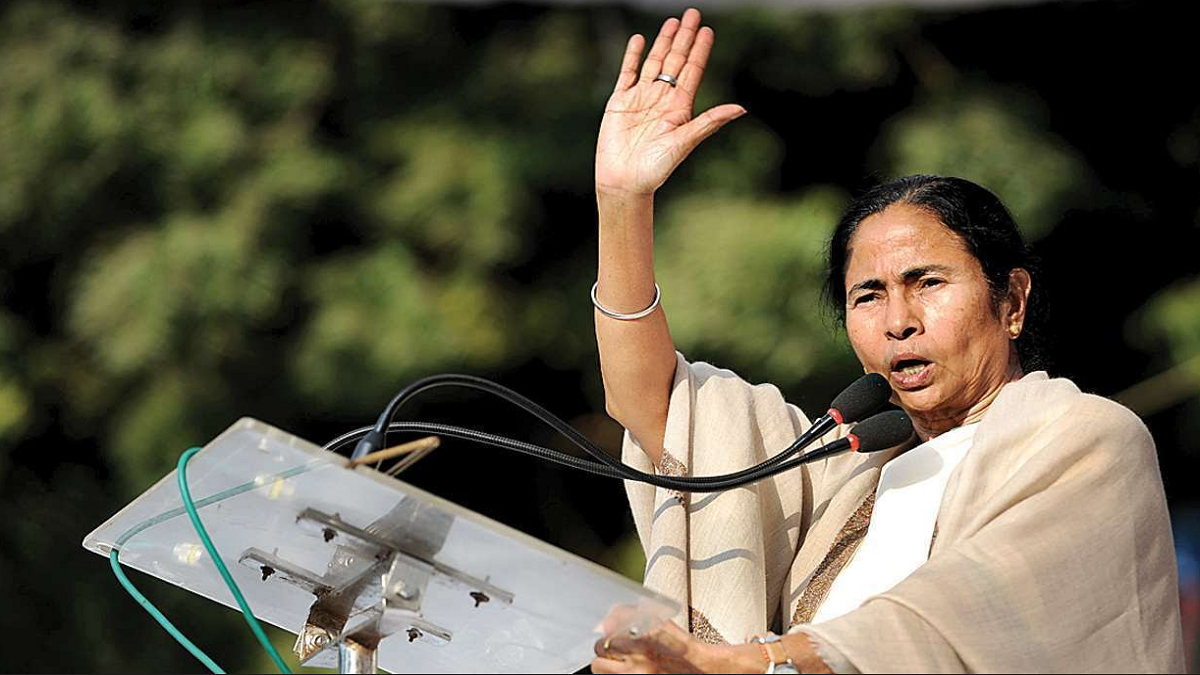

 Opinion6 months ago
Opinion6 months ago
 Sports9 months ago
Sports9 months ago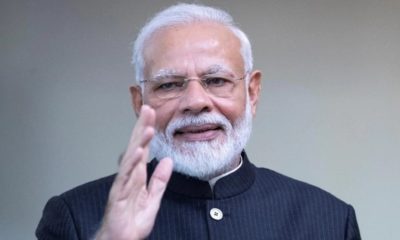
 News11 months ago
News11 months ago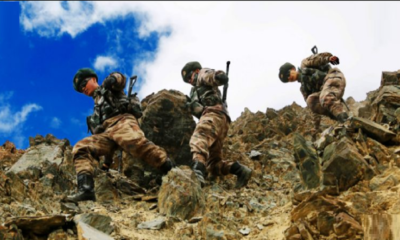
 News9 months ago
News9 months ago
 Sports9 months ago
Sports9 months ago
 Spiritually Speaking8 months ago
Spiritually Speaking8 months ago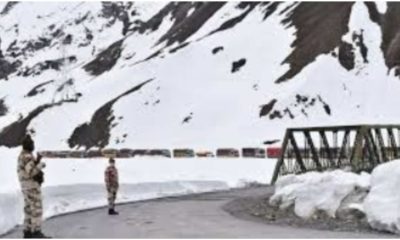
 Defence9 months ago
Defence9 months ago
 News8 months ago
News8 months ago


